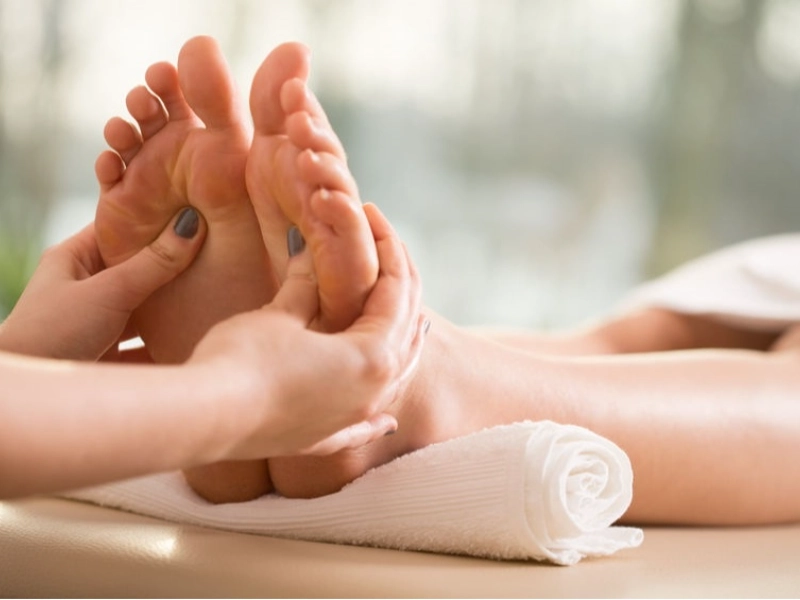Learn the age-old art of foot reflexology, a natural therapeutic technique transforming thousands of years' worth of lives. Using pressure to particular locations on the feet that match different organs and systems around the body, this treatment approach By means of expert manipulation of these reflex sites, practitioners can assist in restoring equilibrium, lowering of stress, and encouragement of inherent healing mechanisms. This all-inclusive book will take you through the interesting realm of foot reflexology, its many advantages, and how this natural treatment could improve your general health.
1. The Ancient Origins of Foot Reflexology

With origins firmly anchored in ancient Chinese medicine and Egyptian culture, foot reflexology originated in prehistoric societies. Based on archaeological data, pressure-point treatment appears to have been used in Egypt as early as 2330 BCE—as shown in the physician's tomb at Saqqara. Through many civilisations, the technique developed; traditional Chinese medicine included it into their system of meridians and energy paths. Early practitioners thought that essential life force energy passed through particular channels in the body and could affect this flow by stimulating particular places on the feet, therefore encouraging healing. Generation after generation has inherited this ancient knowledge, polished and modified to become the contemporary practice we know of today. During the Middle Ages, the method travelled from Asia to Europe where different healers and doctors perfected and recorded it. Early in the 20th century, Dr. William Fitzgerald brought zone treatment—which subsequently developed into contemporary reflexology—into the Western world. Eunice Ingham improved his work by mapping the reflexes of the whole body onto the feet, therefore laying the groundwork for modern foot reflexology techniques. This rich historical history shows the continuing worth and potency of this therapeutic technique over many civilisations and eras.
